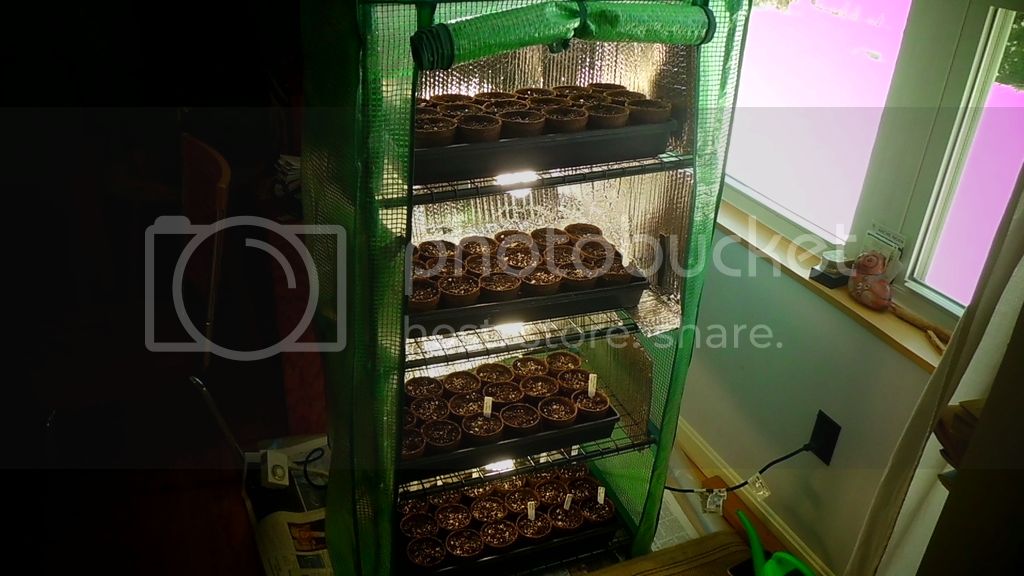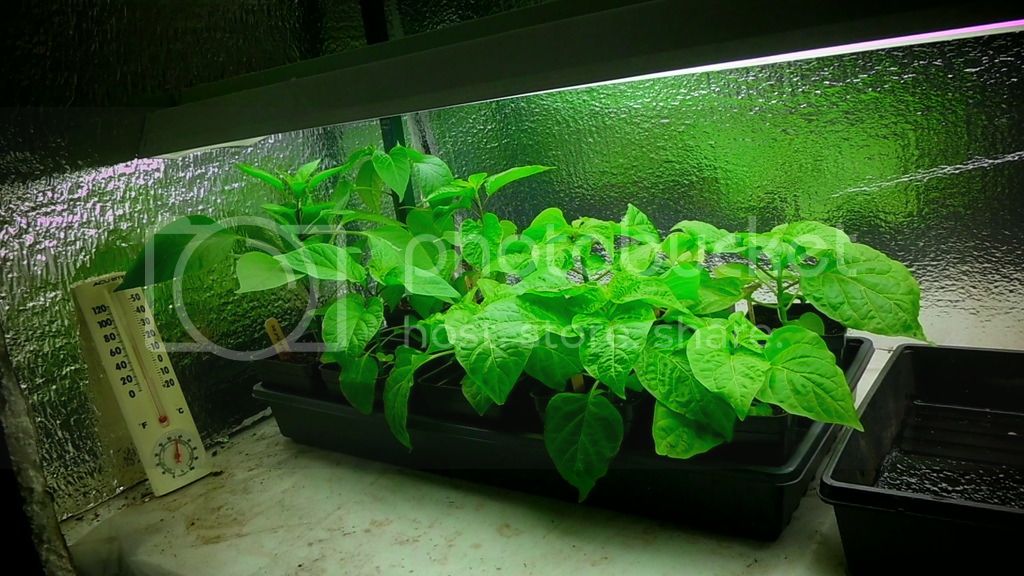Hi All, I'm back again after quite a while and more than a few changes. Health issues got in the way of being active here after Christmas, but I've resolved those and am ready to plug in here again, albeit with less time than I had before. Anyway... on to the chiles!
My friends with a CISA farm have started 6 MoA Scotch Bonnets, what I hope are 2 King Nagas and a couple of Jalapenos. I have three 1020 trays worth of 3inch pots planted with 4 varieties of Gochu peppers. I sowed them a week ago and they're just now starting to sprout. I also have 12 pots of Texas Wild Pequins and 6 pots of Guwahati Bhuts planted that haven't started to sprout.
In addition to the solar food dryer, I picked up a stainless steel 10-quart pressure cooker at Christmas time, so I'm planning on experimenting with using it to process purees and sauces to hopefully make them more shelf-stable. Any input on that would be gratefully accepted.
Gochus starting...

Chinense varieties and Jalapenos

That's all for now... see ya all later!
My friends with a CISA farm have started 6 MoA Scotch Bonnets, what I hope are 2 King Nagas and a couple of Jalapenos. I have three 1020 trays worth of 3inch pots planted with 4 varieties of Gochu peppers. I sowed them a week ago and they're just now starting to sprout. I also have 12 pots of Texas Wild Pequins and 6 pots of Guwahati Bhuts planted that haven't started to sprout.
In addition to the solar food dryer, I picked up a stainless steel 10-quart pressure cooker at Christmas time, so I'm planning on experimenting with using it to process purees and sauces to hopefully make them more shelf-stable. Any input on that would be gratefully accepted.
Gochus starting...

Chinense varieties and Jalapenos

That's all for now... see ya all later!



